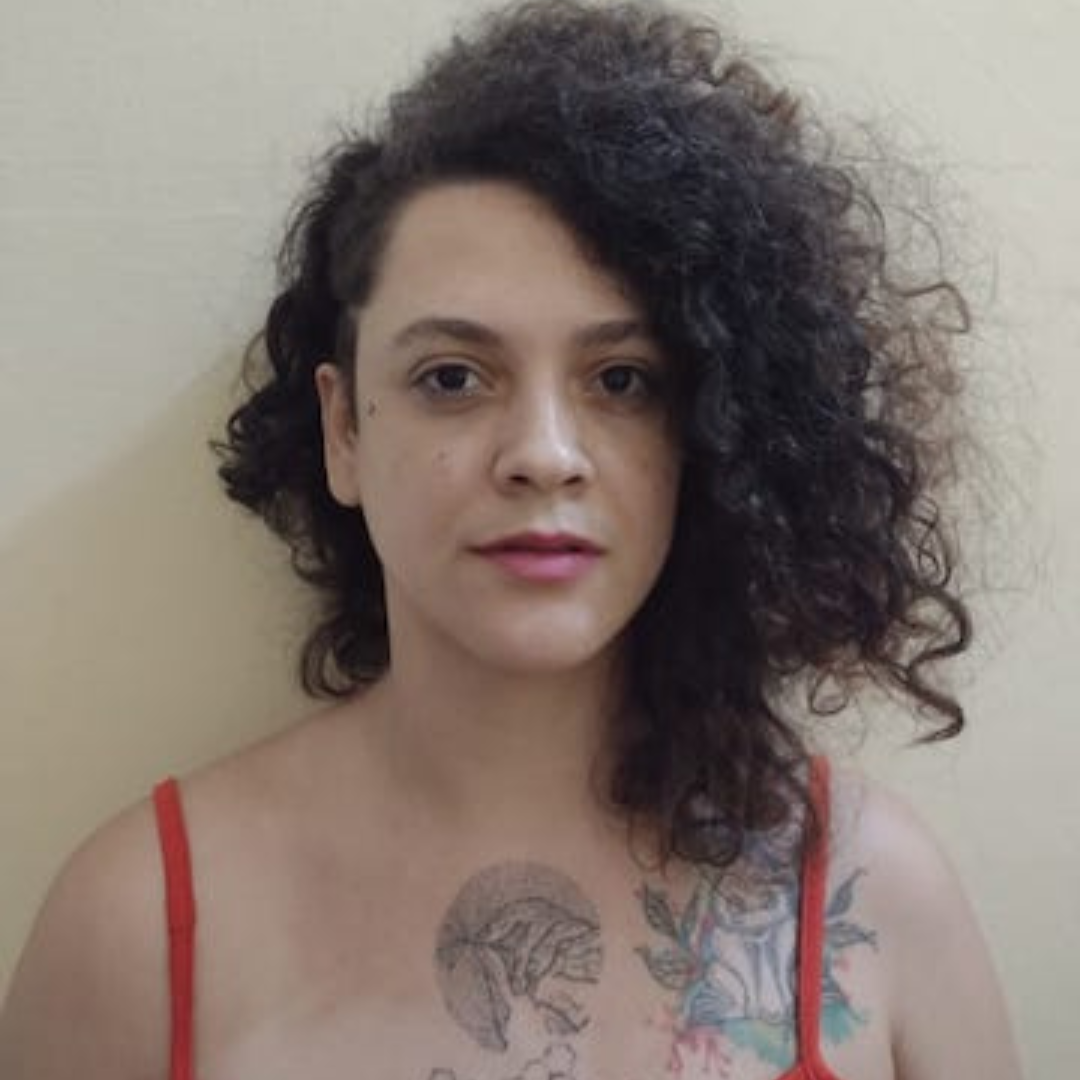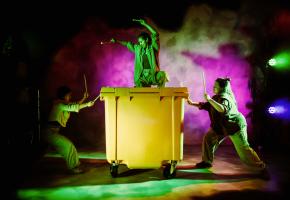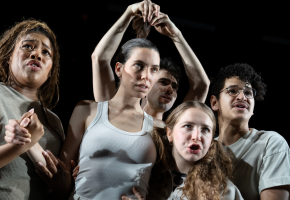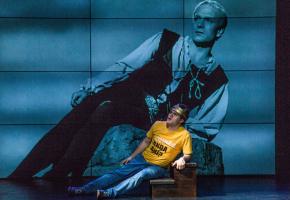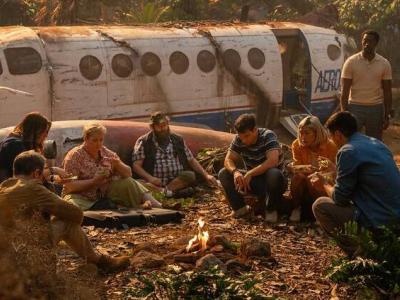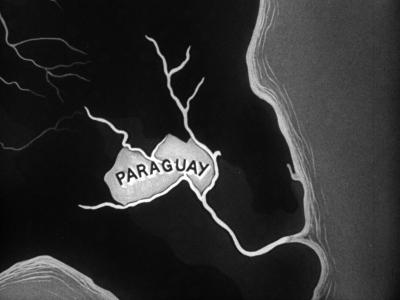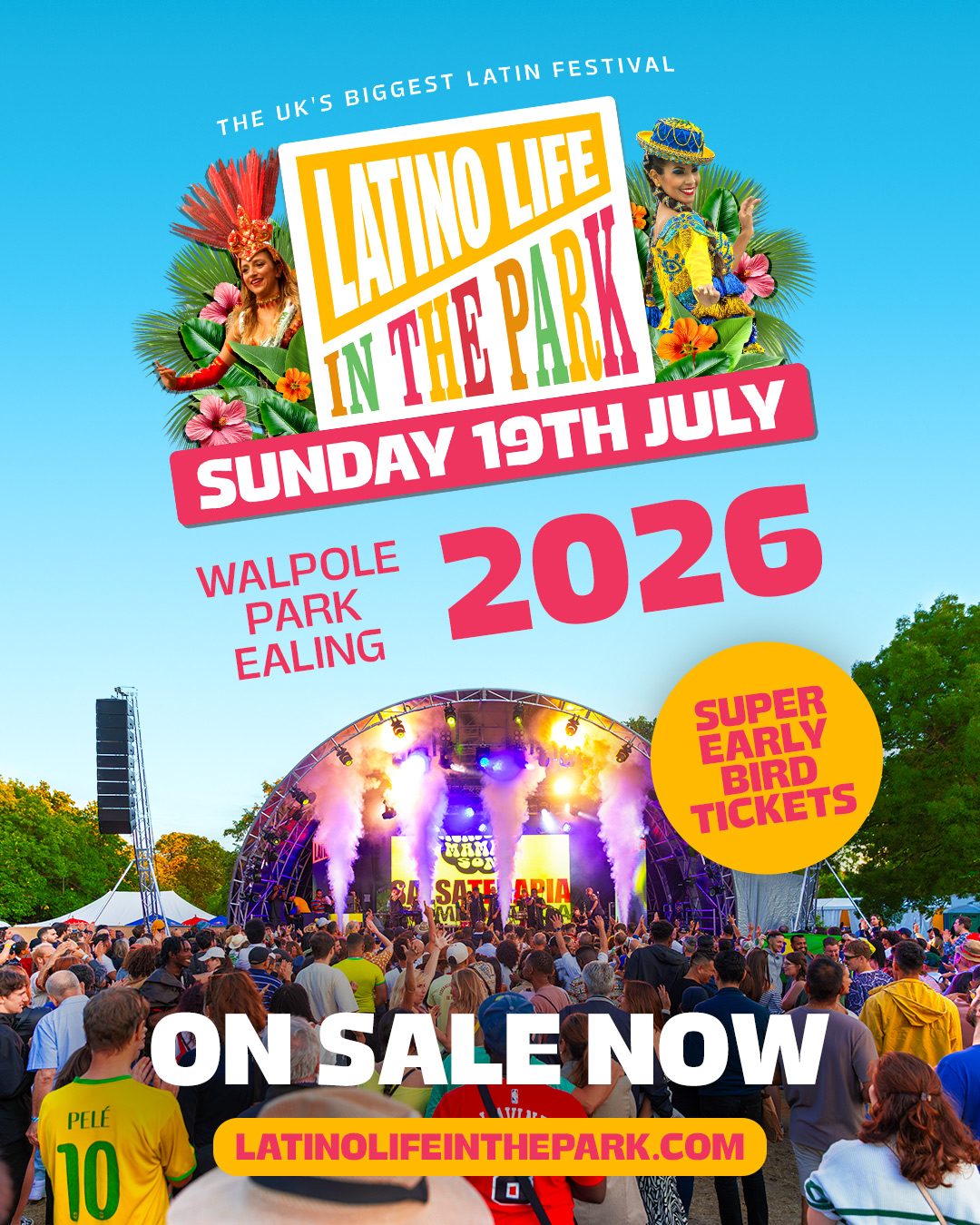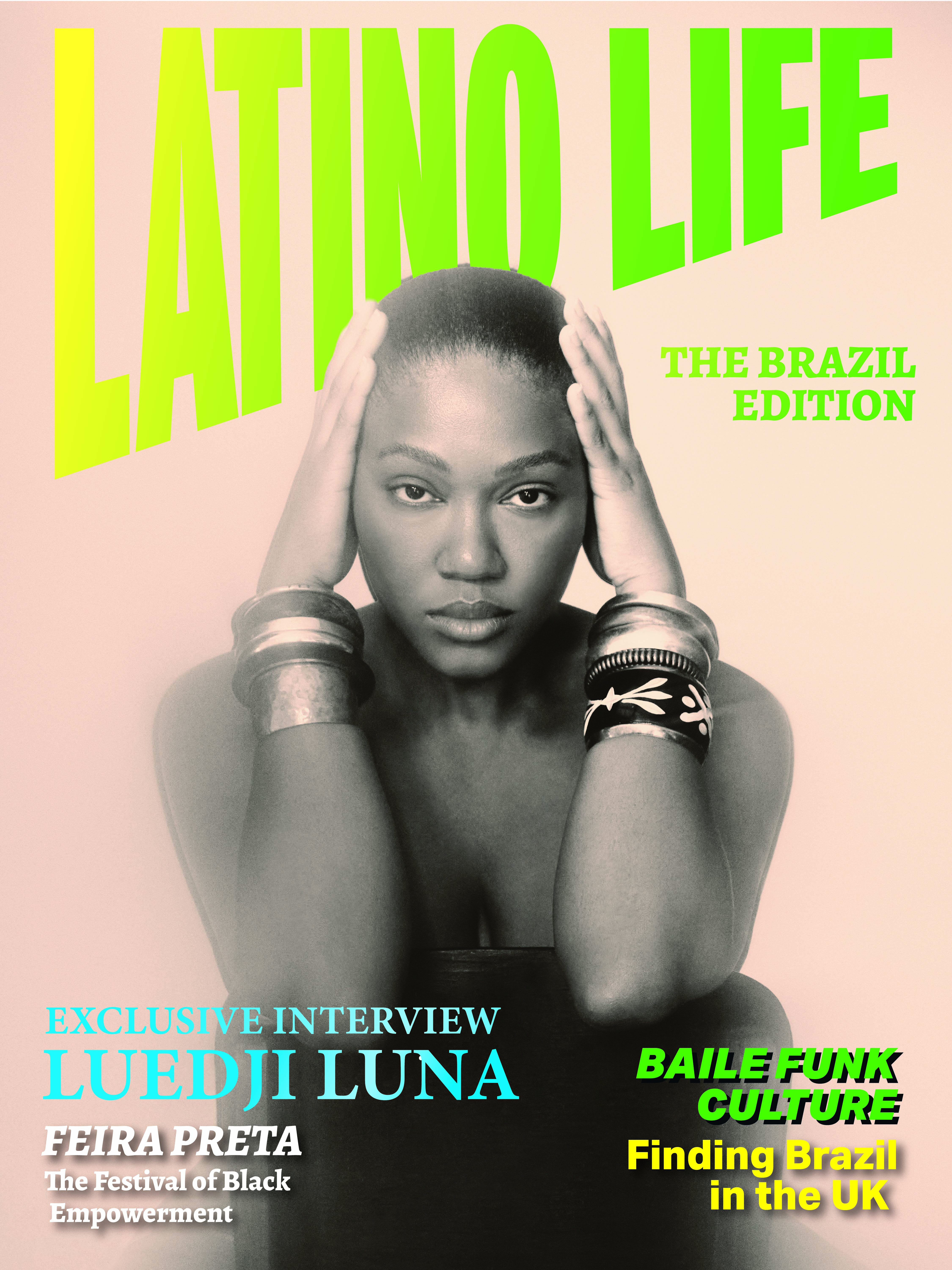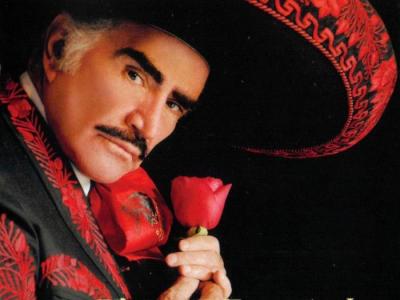Rãé’s story follows a group of people with vulvas* coexisting in a Brazilian prison. Some seek “fulfilment”, whilst others just want to “do their time and skedaddle”, and each character becomes someone the audience is allowed to feel that they know. Particular focus is given to Nininha, the play’s protagonist and a stand-in for an alternate world in which Luana Barbosa dos Reis hadn’t died. In her writing, Rãé faces the dire reality that, had Luana lived, she almost certainly would have been imprisoned for resisting arrest.
In conversation with Rãé as aided by interpreter Jenny Witzel, the writer describes the bleak dichotomy of what is allowed to happen to the Black body, with the fundamental options being incarceration or death. This is explored through the symbol of the black horse: whilst often associated with an idea of freedom and power, almost all horses do in fact belong to somebody. Balancing being untethered with being domesticated speaks to the experiences of the people inside the prison, as they navigate what life has come to look like.
This production has honed in on all of the feeling and symbolism and suffering and expression at the heart of Rãé’s writing. It is, admittedly, rough around the edges. Rehearsals took place over two days and most of the actors hold scripts on stage. Of course, it is a reading, and this is possibly to be expected, but there are moments where this is a definite drawback. The dialogue is stilted in places because they are having to read their lines, and there’s one moment where an actor accidentally addresses someone else by her own character’s name. But actually, Azara Meghie makes this moment incredibly charming, and the audience is absolutely on board.
Other than the places in which interaction is made a little unnatural, being a bit unpolished doesn’t detract from this production at all. In fact, in seeing the humanity and imperfection of the actors, the humanity and imperfection of the characters is even better communicated.
And nonetheless, it is in the monologues where this play shines the brightest. Part of the artistic intention of this play was to “create a dialogue between working in poetry and working in theatre” (Rãé, Witzel) and Rãé has achieved exactly that in the beautiful, emotional, flowing sections of longer speech in her script. Here, individual actors get their moments to really connect with the text and the audience, and the play comes most alive.
As described by Sam Pritchard, Associate Director of the Royal Court and leader of the International Programme, there is a “linguistic confidence to the writing and the imagery” of this play wherein lies its greatest power. The writing is strong on the page alone, but electric in the room.

In the panel after the show, we are lucky enough to hear from Almiro Andrade, translator of this script. Their description of the responsibility of translating something from not only a different language but to a different theatrical culture demonstrates the care with which they approached the task. As Andrade articulates, “theatre is never contained in this space only”, and “language is not a stationary thing in one country”.
This attention to care in taking Rãé’s words and world and making it accessible and poignant to a Sloane Square audience is evident in the very fabric of the performance. Their translation gives the text a sense of relevance and contemporaneity in the room, and the audience is clearly deeply invested in it.
The play ends as each character is given a chance to tell a story of a moment of joy in their life, while the other characters transform into black horses around them. This transformation was designed to be “something metaphorical that all of the actors could find for themselves” (Rãé, Witzel); something to “represent not only pain but also possibility and potential” (Rãé, Witzel) as the play draws to a close. Some of the audience seems a little sceptical - I can personally admit that the massive crush I developed on Selina Jones throughout the play takes a hit due to the amount of time she is required to behave like a horse - and it isn’t completely clear that the message is getting through to everybody. This is a shame; Rãé’s symbolism is so rich and fluent on paper, but the reality on stage, whilst striking, is not necessarily clear. People are laughing, and although this is undoubtedly a scene that seeks to juxtapose immense suffering with crucial, overflowing joy, I’m not sure it’s quite supposed to be funny.
That said, the room is clearly moved. Rãé’s writing, as translated with dedication and lucidity and brought to life by a stellar set of performances, is a deeply personal and thoughtful dedication to Luana Barbosa dos Reis, and all those like her. Would a slightly better grasp of the script have been an asset? Almost certainly. Could a little more have been done to ensure that the potent symbolism of the text would be done justice in its onstage rendering? Probably. But ultimately, this isn’t quite the point. This is a tribute, and it is a touching one. As described by Andrade, “there needed to be a sense of joy. This was a story you didn’t want to tell with pain alone.”. And joy was something of which this production had no shortage.
* not all people with vulvas identify as women; Rãé’s writing clarifies that anatomy is the unifying feature, not gender identity.


